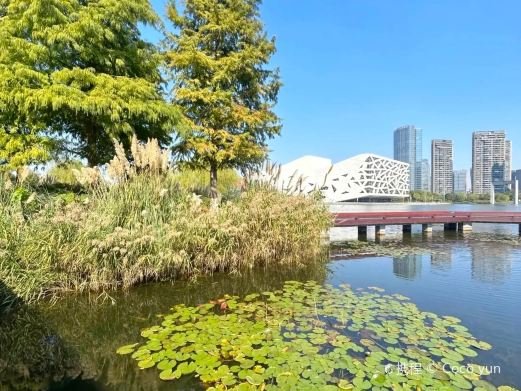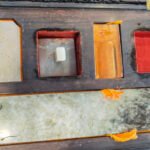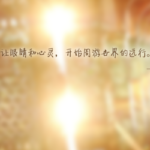The Qianfoshan Scenic Area is named because ‘the rocks on the mountain are strange and a thousand Buddha statues can be seen’. The Qianfoshan Scenic Area, known as the ‘Little Jiuzhai Valley in the south of the Yangtze River’, is truly worthy of its reputation. Here, tourists can see all kinds of strange peaks and rocks, secluded valleys, dense forests, and clear mountain springs flowing through. They can personally experience the beautiful scenery described by Tang Xianzu as ‘In the morning and evening, clouds and rosy hues adorn the elegant pavilions. Drizzling rain and gentle breezes, misty waves and painted boats’. The Future Temple in the Qianfoshan Scenic Area covers an area of about one square kilometer. Inside the temple, there is a magical natural mountain Maitreya Buddha, which is hundreds of feet tall. Facing west and sitting east, it wears a natural kasaya and spreads its Buddha’s hand to protect all living beings. It is truly a miraculous creation and gift of nature, which is astonishing. A Buddha is a mountain, and a mountain is a Buddha. Since the discovery of the giant Buddha, many incredible causes and strange celestial phenomena have occurred in front of the giant Buddha. The Yan’en Hall is a Buddhist hall in the Future Temple. It is built by splitting the mountain and facing the natural Maitreya Buddha across the stream. Inside the hall, Tathagata Buddha and his two disciples are enshrined. The main Buddha is Sakyamuni. Kassapa and Ananda, the two disciples, are flank-attendant Buddhas. They are all covered with pure gold. Their precious appearances are kind, solemn and majestic. The Buddha’s kind eyes look at the natural Maitreya Buddha, implying that Sakyamuni predicted that Maitreya Buddha would become a Buddha in the future. Behind, eight peaks seem to guard the Buddhist Dharma day and night like the eight divisions of heavenly dragons. According to research, Suichang County has a deep Buddhist connection in history. A famous painting monk in the Tang Dynasty lived in seclusion in Cuifeng Courtyard of Qianfoshan for 14 years and completed the painting of 18 arhats. Zhu Huang, a famous anti-British general in the Qing Dynasty, served as the magistrate of Suichang County from the eighth to the fifteenth year of Daoguang (1828-1835). He once wrote the following lines: ‘The stone Buddha towers over ten thousand feet of mountains. Where the epiphyllum appears, it shines on the brook bay. Even if the form and appearance appear in the air, it is only between non-emptiness and non-form.’ These lines vividly describe the landscape and artistic conception of Qianfoshan.

Opening hours: From November 1st to March 31st, it is open from 08:30 to 17:00. From April 1st to October 31st, it is open from 08:00 to 18:00.






